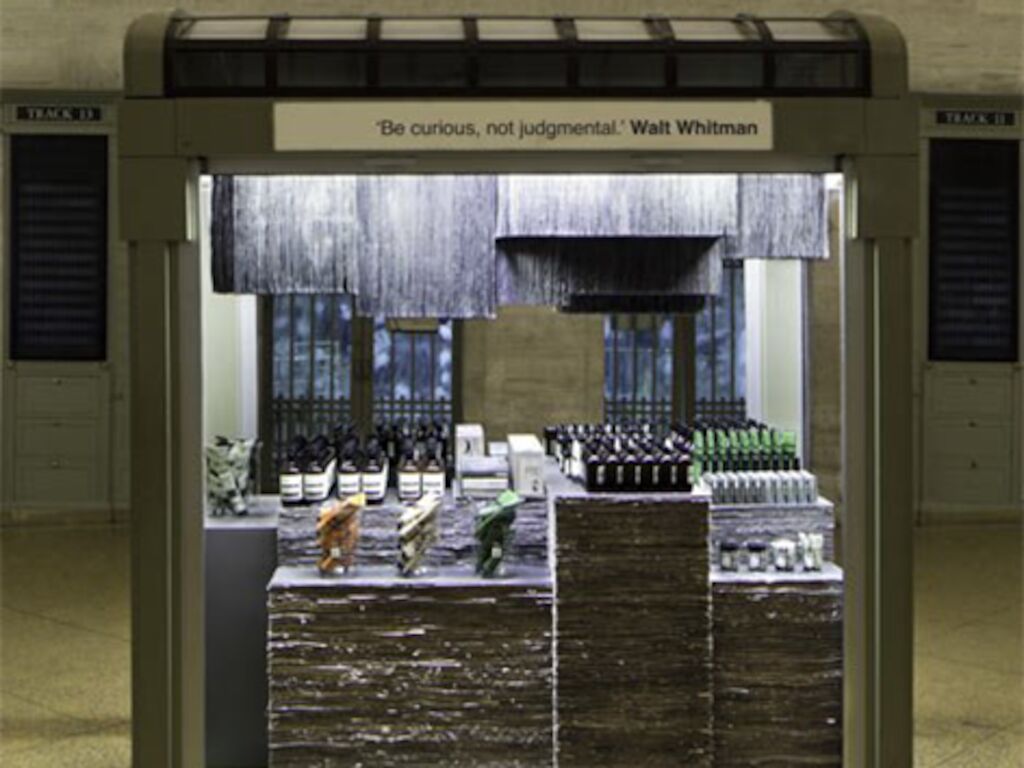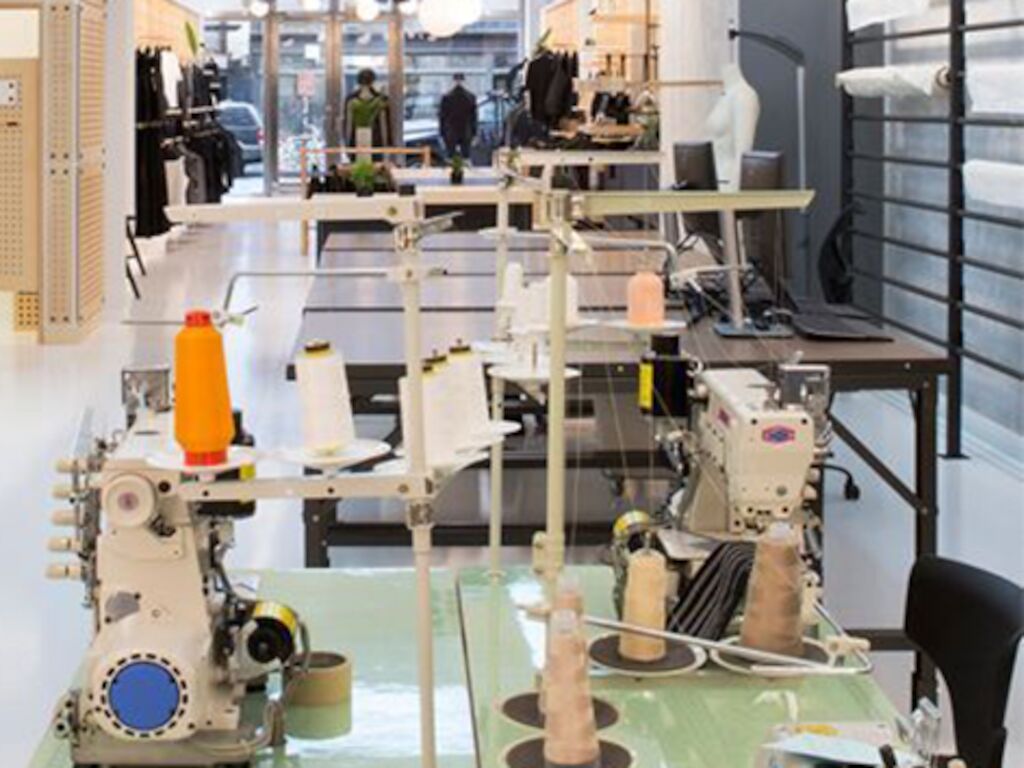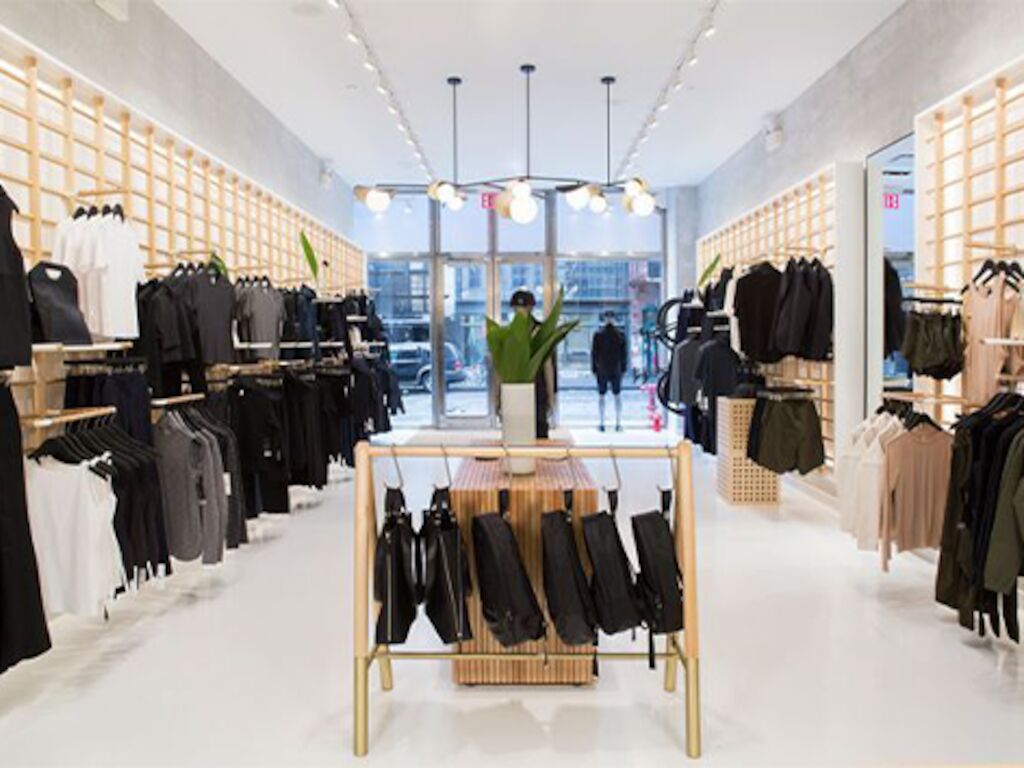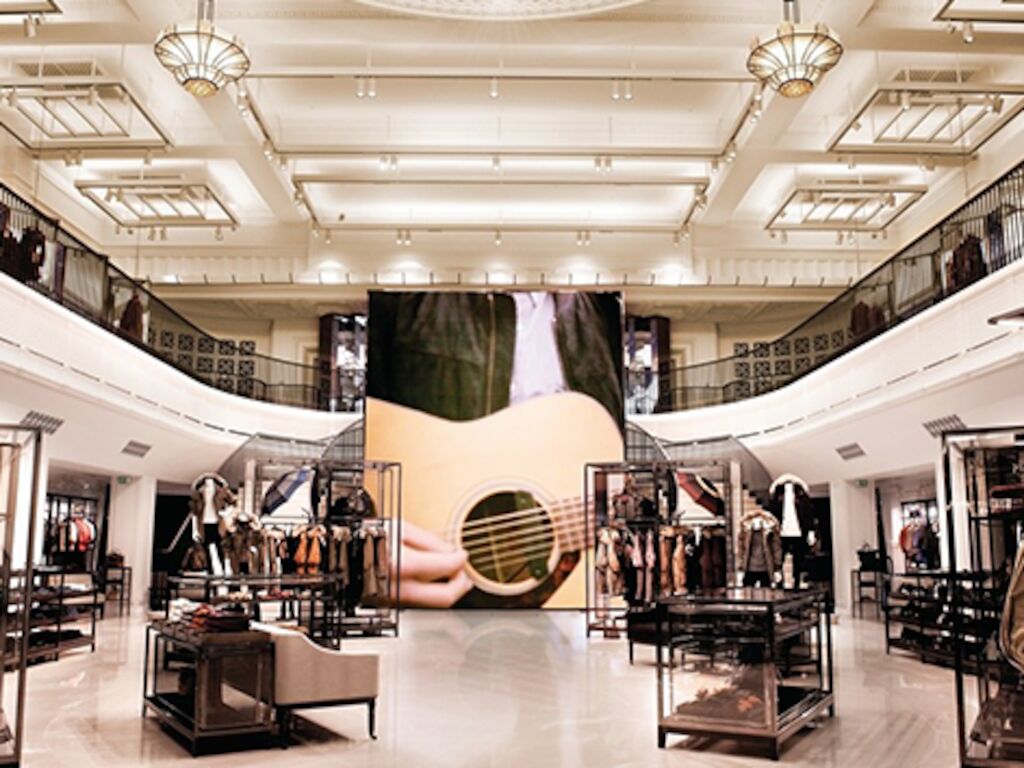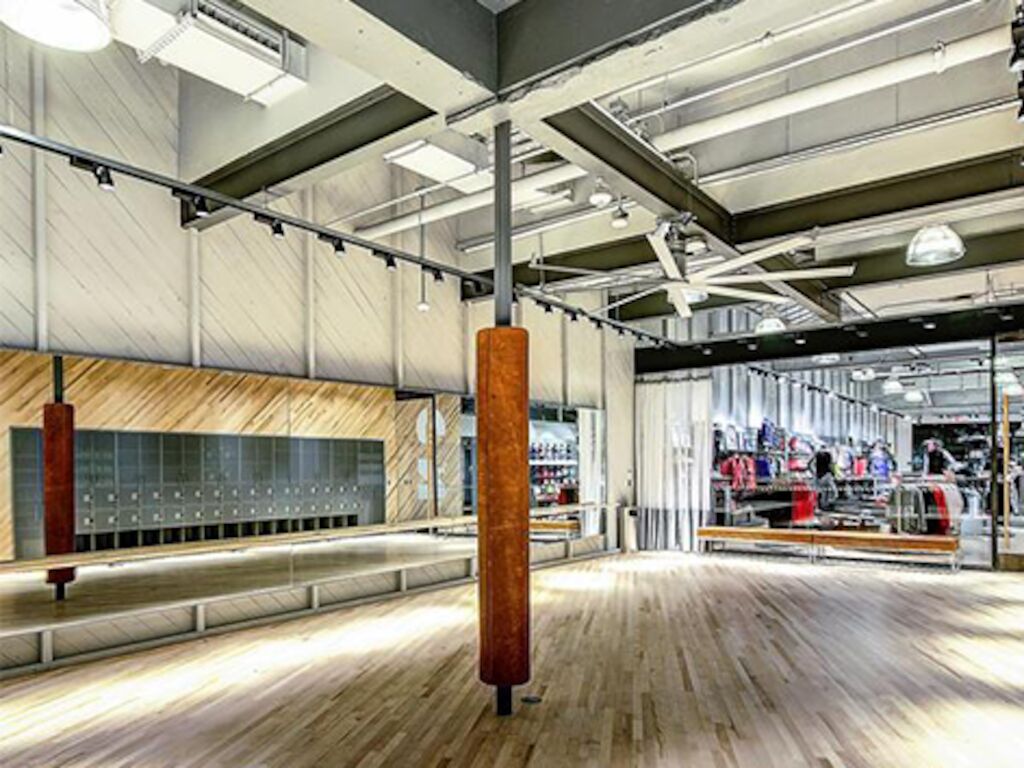I recently came across an interesting article about how Silicon Valley is helping spread the same aesthetic across the world. Wherever you go, you see the same minimalistic pieces of furniture, reclaimed wood, succulent plants, and copper elements of decoration. This article came at a moment when yet another client was asking for more industrial lamps in the brand-new flagship store they were about to open.
In an era where all stores tend to look — and even sometimes offer — the same, how can retailers be tempting enough to entice people back into their shops?
#1. Size Matters
One of the first things to consider when opening a store is its size. The purpose and experience a brand delivers in a large, flagship store is really different from the one of a small and ephemeral pop-up, and the same goes for a corner in a department store (shop-in-shop) versus an own-branded boutique. This may seem like common sense, but retailers often lose track of the main objective of the retail formats and their main functionalities:
- Supply: distribution and sales of the brand’s products and/or services
- Trial: education and information about products’ and/or services’ functionality -Community: quality of the space to facilitate the growth of a real community
- Experience: ability and quality to draw people inside
A large branded store delivers its vision of a certain “lifestyle” through community and experience, whereas smaller formats should focus more on supply and trial. The ultimate objective being sales, there are different ways to meet it.
2. Flexibility Within a Framework
In order to seduce and create appeal, it is important to offer clients renewal and surprise, and avoid copy/paste of a retail concept throughout the entire fleet. Adapting the product offer or proposing services tailor-made for local consumers is key, especially in a global and digital world. Also: keep in mind the booming number of travel spenders, who want to find exoticism when shopping abroad.
Brands are increasingly taking into account the environment they establish for their stores. Local environment, influences, specificities, and history are key in an era when people are seeking meaning and authenticity.


